
Celebrating LGBTQ+ Communities and the Power of Queer Architecture
Inclusive spaces play a crucial role in fostering acceptance, belonging, and empowerment for LGBTQ+ communities. As our understanding of diversity expands, the need for architecture and design that embraces and celebrates queer identities becomes increasingly essential. In this article, we embark on a journey to explore the realm of queer architecture and its impact on the queer community. We'll delve into the concept of queer spaces, examining the design elements that make them unique. Additionally, we'll address key questions such as how to create safe spaces, the significance of LGBTQ+ spaces, and the role of architecture in promoting inclusivity. Join us as we uncover the transformative power of designing spaces embracing diversity.
The Role of Architecture in Queer Communities
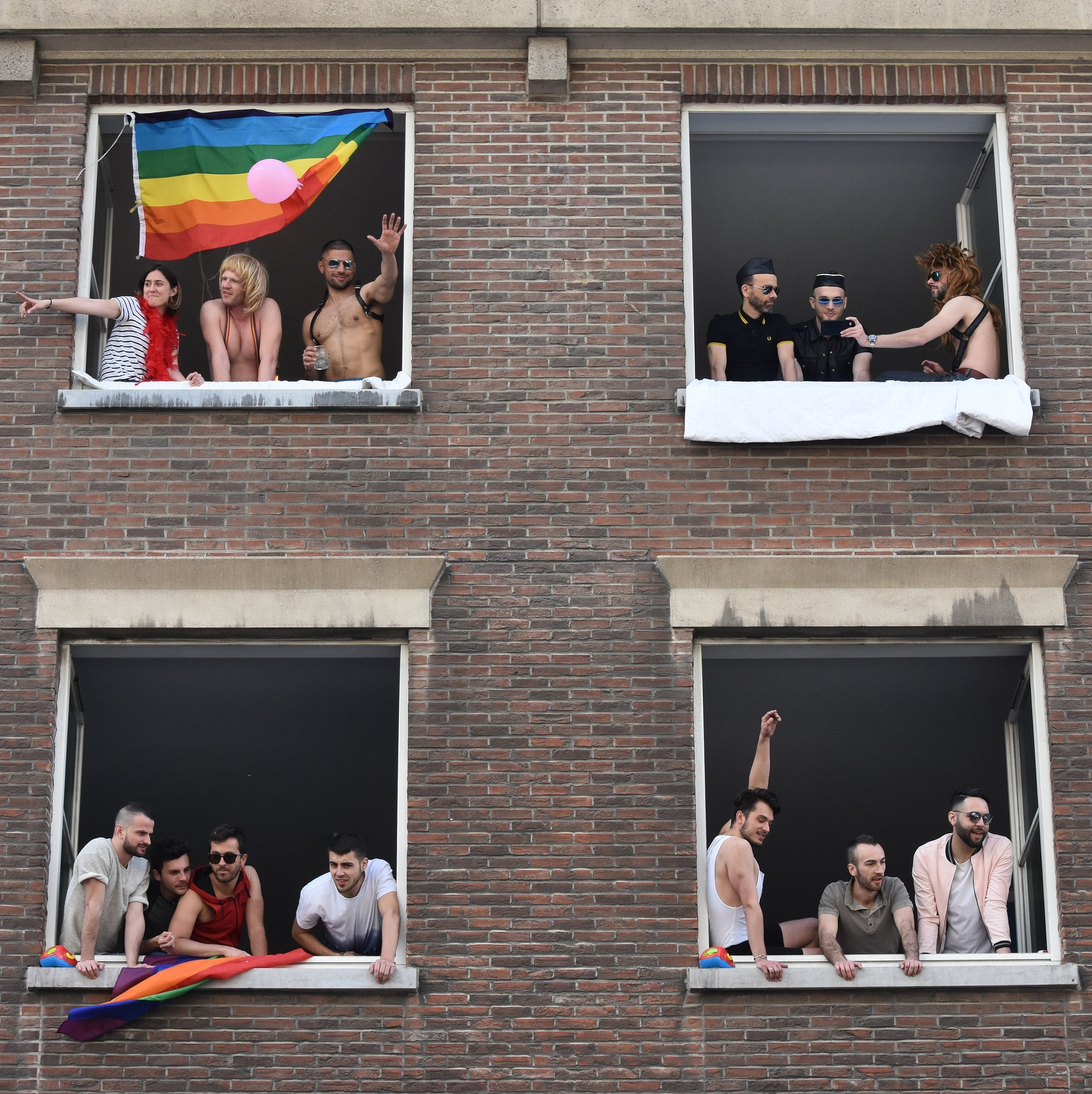
`
Architecture, as a powerful form of creative expression, has a profound impact on the experiences, identities, and communities it serves. In the context of LGBTQ+ communities, architecture plays a vital role in promoting inclusivity, visibility, and acceptance. It has the power to shape environments that celebrate diversity, challenge social norms, and provide a safe queer space and haven for LGBTQ+ individuals to thrive.
Urban Planning and LGBTQ+ Spaces
Urban planning plays a crucial role in the creation and preservation of LGBTQ+ spaces. By integrating inclusive design principles into city planning, architects and urban planners can contribute to the development of neighbourhoods and public spaces that cater to the unique needs and experiences of LGBTQ+ communities. This includes considerations such as accessible public transportation, pedestrian-friendly streets, and the strategic placement of LGBTQ+ community centers, bars, and gathering spots.
LGBTQ+ spaces act as catalysts for social change by challenging societal norms, fostering understanding, and promoting dialogue. They serve as platforms for LGBTQ+ artists, activists, and organizations to express their narratives, raise awareness, and advocate for equal rights. By providing physical spaces where queer people can gather, collaborate, and celebrate their identities, architecture becomes a tool for empowerment and social progress.
The Architecture Profession's Role
Architecture has a significant role to play in supporting LGBTQ+ communities and advocating for their rights. Architects and designers can actively contribute to the design and construction of inclusive spaces by embracing diversity in their designs, challenging heteronormative norms, and actively engaging with LGBTQ+ stakeholders. By incorporating queer voices into design processes, architects can ensure that LGBTQ+ individuals and marginalized communities' unique experiences and perspectives are reflected in the built environment and physical space.
Representation and Visibility
Architecture has the power to enhance the visibility and representation of LGBTQ+ individuals within society. LGBTQ+ symbols, colours, and imagery can be incorporated into building facades, public spaces, art installations, and other architectural elements, sending a powerful message of inclusivity and pride. Additionally, architectural projects that showcase LGBTQ+ histories, such as memorial sites or museums, help preserve and educate future generations about the lives, struggles, achievements, and contributions of LGBTQ+ communities.
Sensory and Emotional Design
Designing inclusive spaces goes beyond aesthetics; it also involves creating environments that cater to the sensory and emotional needs of LGBTQ+ individuals. Thoughtful considerations in acoustics, lighting, materials, and spatial organization can contribute to the overall well-being and comfort of LGBTQ+ occupants. Creating spaces that evoke positive emotions, a sense of safety, and a connection to the community can greatly enhance the experience of LGBTQ+ individuals within these spaces.
Adaptive Reuse and Historic Preservation
Preserving and adapting existing buildings with historical significance to LGBTQ+ communities is another important aspect of queer architecture. Transforming these spaces into LGBTQ+-inclusive venues, such as community centers, art galleries, or performance spaces, not only maintains their historical value but also revitalizes them as vibrant hubs for queer culture and expression. This adaptive reuse preserves the stories and memories embedded in these spaces while providing contemporary uses that serve the needs of present and future LGBTQ+ generations.
Collaborative Design Processes
To create truly inclusive spaces, architects must engage in collaborative design processes that involve the LGBTQ+ community itself. By actively seeking input from queer individuals and organizations, architects can gain valuable insights into their experiences, needs, and aspirations. This participatory approach ensures that the spaces being designed are truly responsive and reflective of the community they serve, promoting a sense of ownership and empowerment of queer space among LGBTQ+ individuals.
Education and Advocacy
The architecture profession has a responsibility to educate its practitioners and raise awareness about the importance of LGBTQ+ inclusive design. Architecture schools and professional organizations can integrate LGBTQ+-related content into curricula, promote research in queer architecture, and provide resources and guidelines for designing inclusive spaces. By fostering a culture of knowledge and understanding, the architecture profession can become a catalyst for change and create a new generation of designers and architects committed to LGBTQ+ inclusivity.
Gender-Neutral Spaces: Designing for Inclusivity
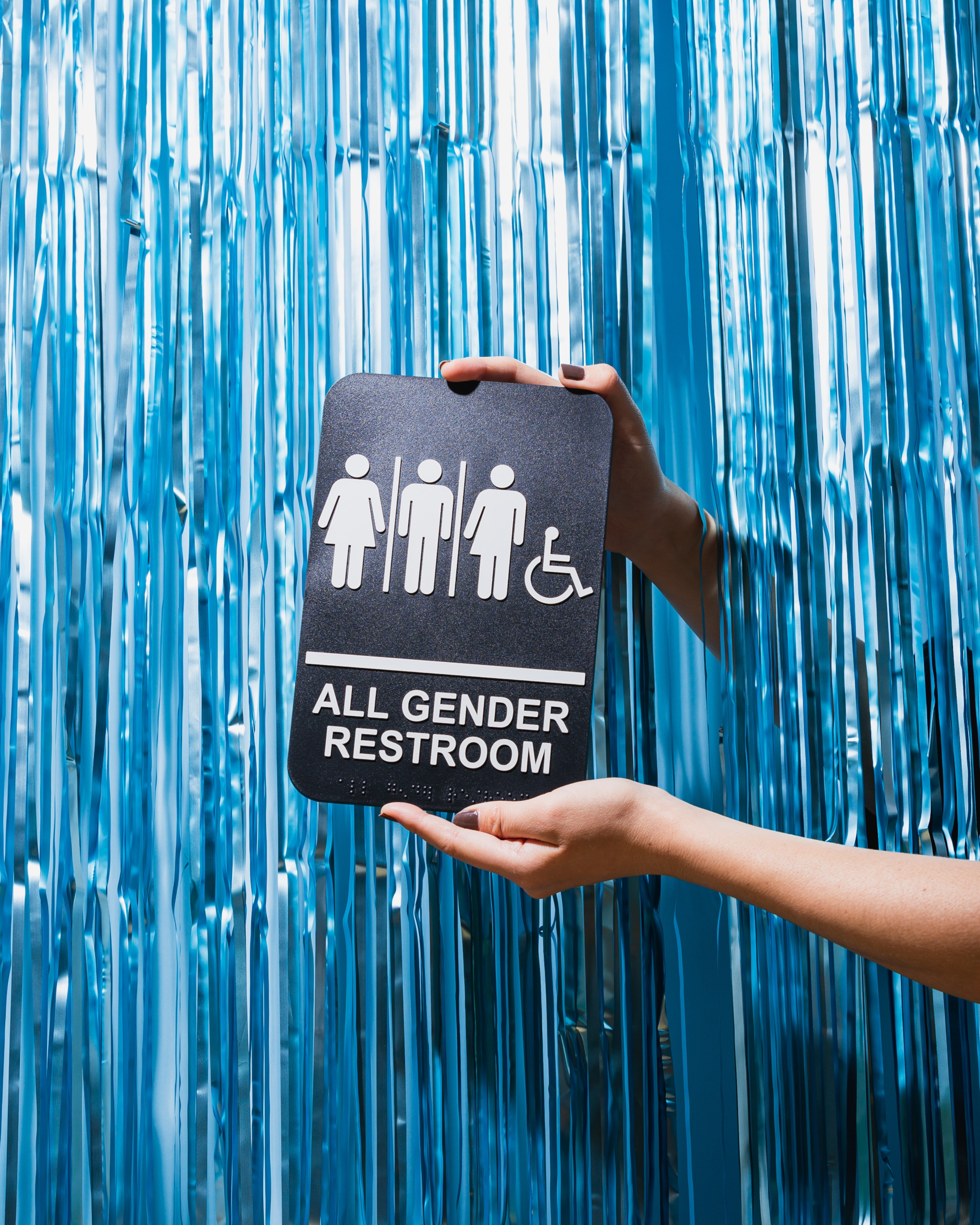
Designing gender-neutral spaces is a crucial aspect of creating inclusive environments that recognize and respect the diverse identities and expressions of individuals. By challenging traditional binary notions of gender and sexuality, architects can contribute to fostering a sense of belonging and safety for all individuals, regardless of their sexuality, gender identity or expression.
Understanding Gender-Neutral Spaces
Gender-neutral spaces are designed to accommodate individuals of any gender comfortably. These spaces go beyond the idea of simply combining male and female facilities; they reimagine the concept and idea of gender by eliminating gender-specific designations altogether. By removing the emphasis on binary distinctions, gender-neutral spaces create an environment where individuals can feel comfortable and free from the constraints of traditional gender norms.
Design Considerations for Gender-Neutral Spaces
Designing gender-neutral spaces requires careful consideration of various factors to ensure inclusivity and accessibility for all individuals. Some key design considerations include:
Restroom Facilities: Gender-neutral restrooms are an essential component of gender-neutral spaces. These restrooms typically feature private, individual stalls with lockable doors, eliminating the need for segregated male and female facilities.
Privacy and Safety: Providing ample privacy in shared spaces, such as changing rooms or locker areas, is essential. Incorporating individual changing stalls or partitions in public space that ensure personal privacy helps create a safe and comfortable environment for everyone.
Flexibility and Adaptability: Designing spaces that can be easily adapted to accommodate diverse needs promotes inclusivity. Adjustable fixtures, flexible layouts, and modular furniture arrangements allow space for personalized experiences and ensure that the queer space can cater to a range of preferences.
Inclusive Signage and Language: Clear and inclusive signage that communicates the availability of gender-neutral facilities is crucial. Using inclusive language that avoids gender-specific terms or stereotypes helps create a welcoming and affirming atmosphere.
Benefits of Gender-Neutral Spaces
Gender-neutral spaces provide numerous benefits, not only for individuals who identify outside the traditional gender binary but for everyone. Some key advantages include:
Inclusivity and Equality: Gender-neutral spaces promote a sense of inclusivity, equality, and respect for all individuals, regardless of their gender identity or expression. They challenge gender norms and contribute to dismantling societal barriers.
Enhanced Safety and Comfort: Gender-neutral spaces eliminate the discomfort, anxiety, and potential discrimination that individuals may experience in gendered spaces. Everyone can use these spaces without fear of judgment or harassment.
Increased Accessibility: Gender-neutral spaces benefit individuals with disabilities, caregivers, and families by providing more accessible options that accommodate diverse needs.
Education and Awareness: Gender-neutral spaces help raise awareness about gender diversity and challenge societal assumptions. They contribute to educating the wider public and fostering understanding and acceptance.
Designing gender-neutral spaces is a significant step towards creating a more inclusive built environment. By prioritizing inclusivity, architects can contribute to the development of spaces that embrace diversity, promote equality, and provide a safe and affirming experience for all individuals. As society continues to evolve, gender-neutral spaces play a vital role in challenging gender norms and affirming the identities of individuals within our communities.
The Significance and Impact of Queer Spaces
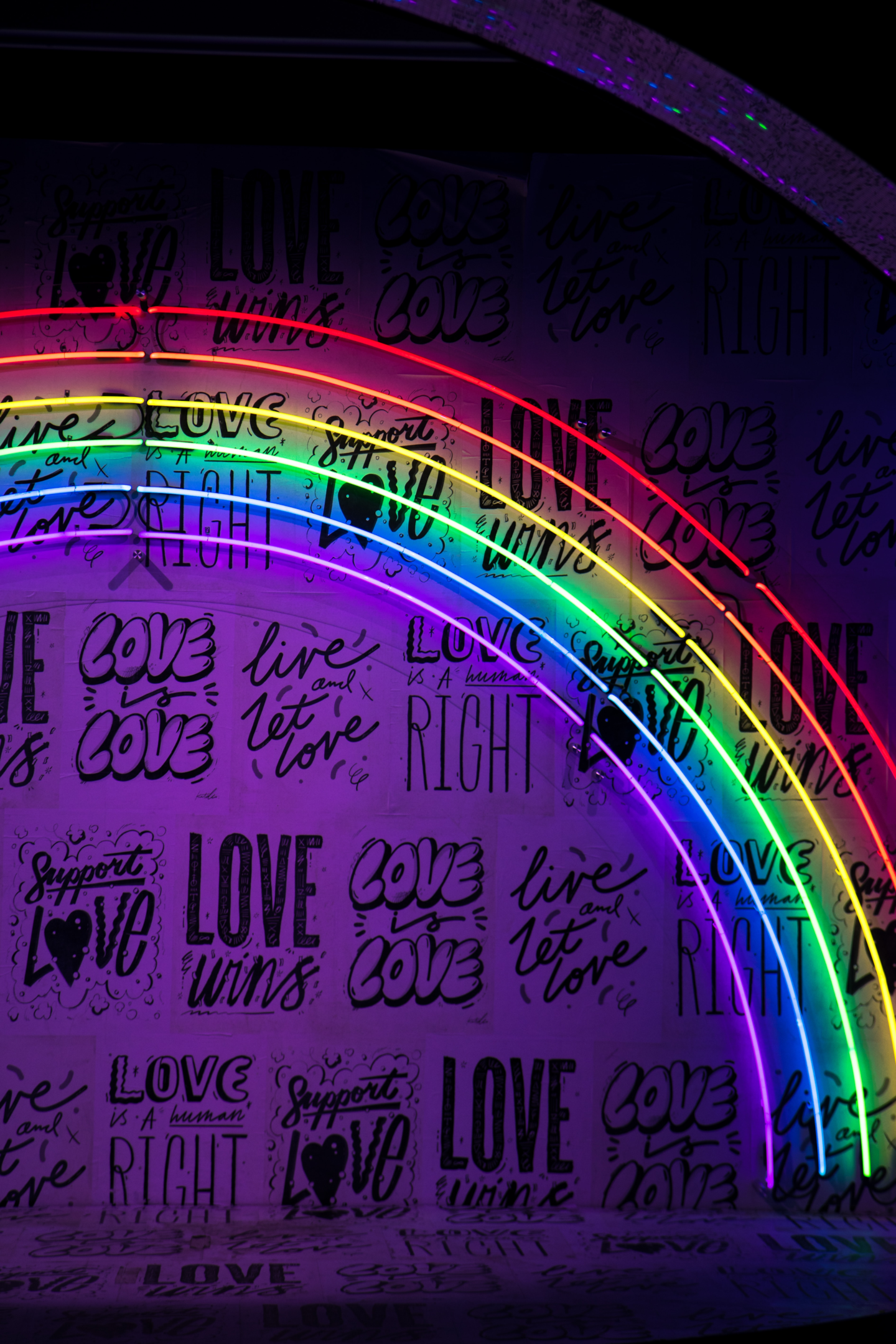
LGBTQ+ spaces hold immense significance as they exist to provide havens where individuals can freely express their identities, find support, and build a sense of community. These spaces serve as vital gathering points for LGBTQ+ individuals, offering a range of benefits that contribute to personal growth, social connection, and a sense of belonging.
Creating Visibility and Acceptance
Queer spaces play a crucial role in creating visibility and acceptance within society. By establishing physical locations dedicated to the LGBTQ+ community, these spaces send a powerful message that queer individuals are valued, celebrated, and deserving of safe and affirming environments. LGBTQ+ spaces challenge the marginalization and invisibility that queer people often face, fostering a sense of pride and empowerment.
Cultivating Community and Support
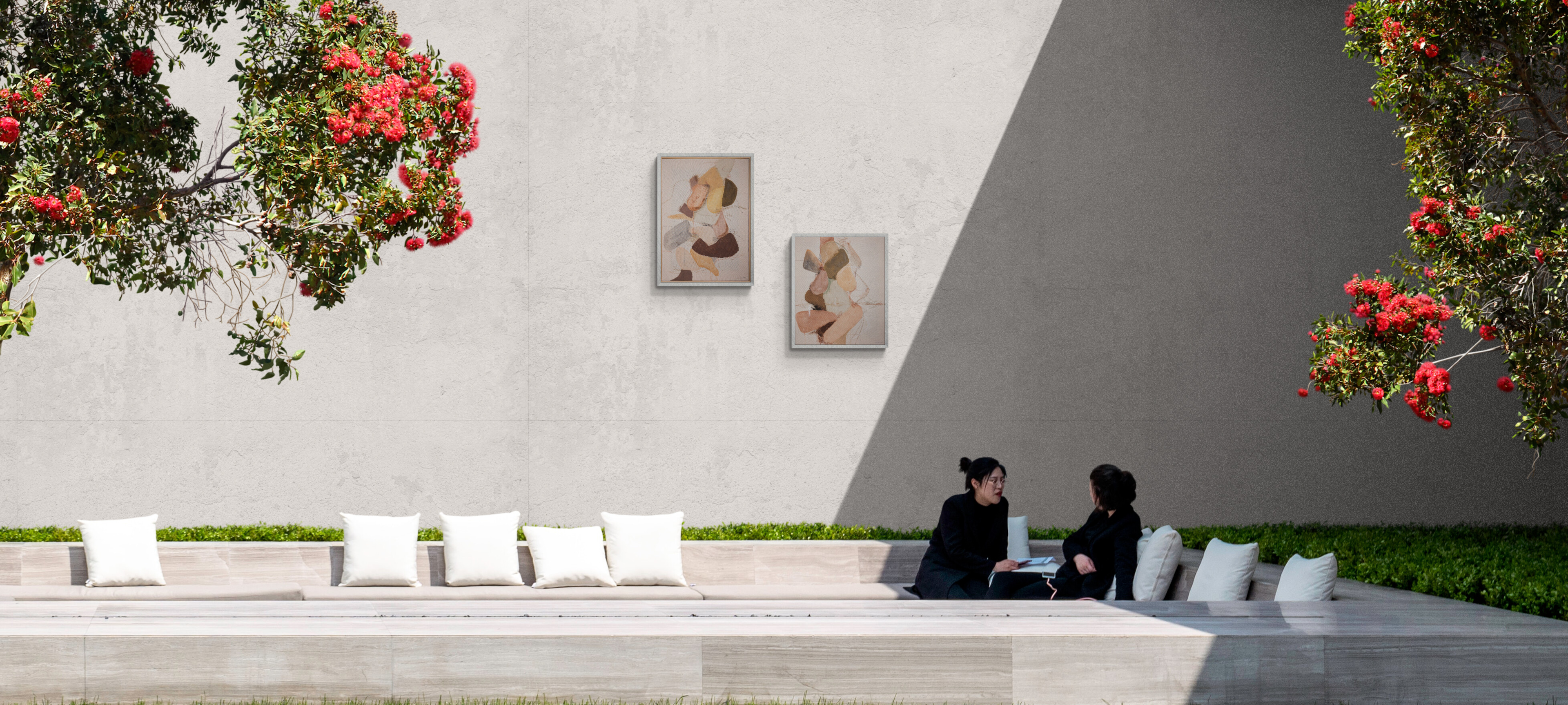
Artwork by artterra artist, Danielle Petti
Queer spaces act as catalysts for building community and support networks. They provide opportunities for LGBTQ+ individuals to connect with others who share similar experiences, challenges, and triumphs. Through support groups, social events, and cultural activities, these spaces foster a sense of pride and belonging and offer spaces for personal growth, friendship, and mentorship among queer elders.
Empowering Queer Youth
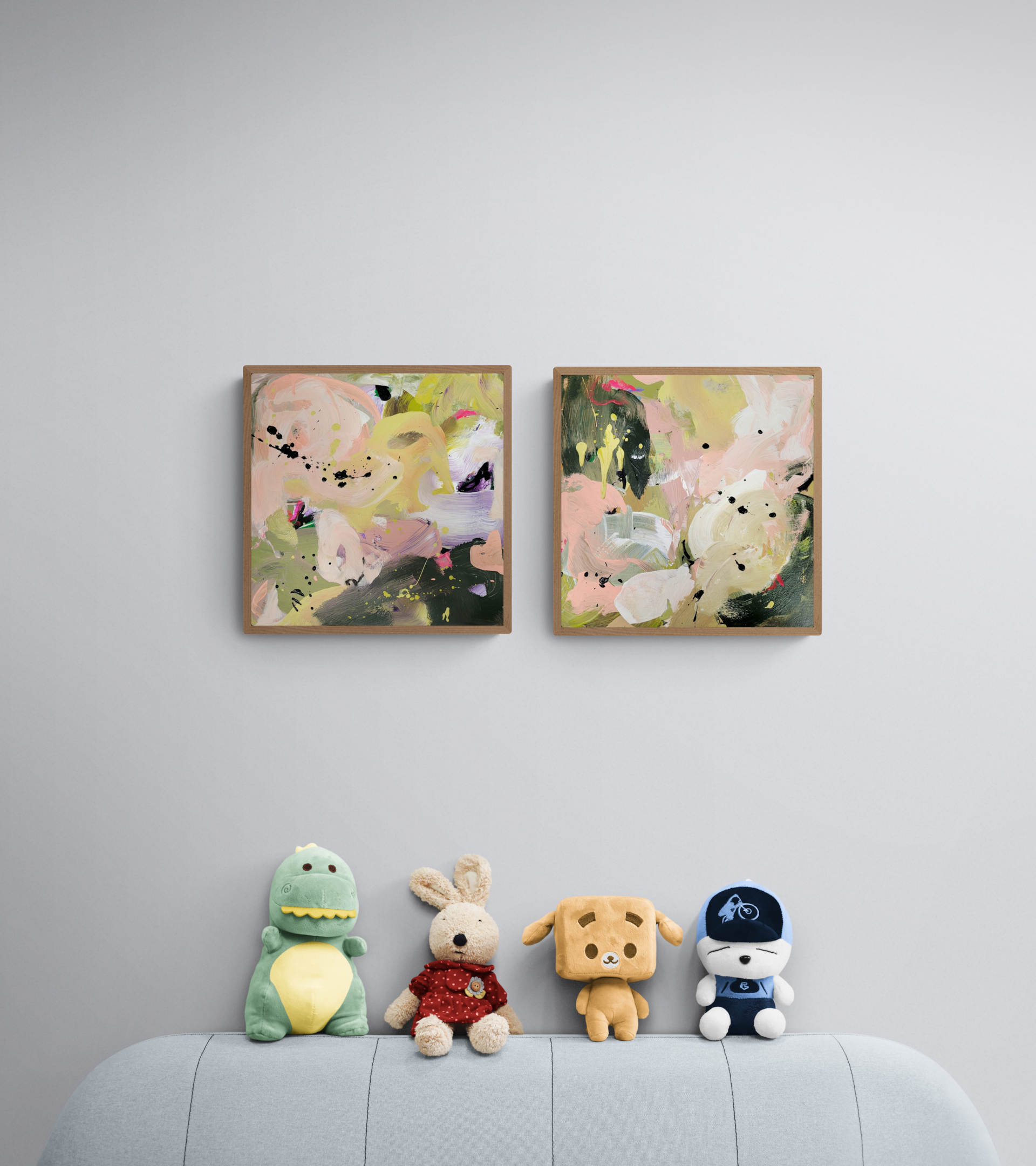
"Be brave, Be Free, Be You" & "Catch a Dream" by artterra artist, Marianne Nielsen
Queer spaces are particularly significant for queer youth, who may face isolation, bullying, and rejection in mainstream environments. These spaces offer a refuge where young people can explore their identities, access resources, and connect with positive role models. LGBTQ+ youth centers and programs within these spaces provide vital support and guidance, helping young individuals navigate their unique journeys.
Preserving LGBTQ+ History and Culture
Many Queer spaces have historical and cultural significance, serving as reminders of the struggles and achievements of the LGBTQ+ community. These spaces may be physical spaces and include bars, community centers, or landmarks that have played pivotal roles in LGBTQ+ history. Preserving and celebrating these spaces helps ensure that the stories and contributions of queer individuals are acknowledged and remembered for future generations.
Celebrating Diversity and Expression
 Untitled [V-2021-03-19-01. bodymaps series] by artterra artist Liz Wurzinger
Untitled [V-2021-03-19-01. bodymaps series] by artterra artist Liz Wurzinger
Queer spaces embrace and celebrate the diversity of sexual orientations, gender identities, and expressions. They provide safe space and platforms for artists, performers, and activists to showcase their talents and perspectives, contributing to the vibrancy of queer life and culture. These spaces foster creativity, self-expression, and a sense of pride in LGBTQ+ individuals' unique identities.
Political Advocacy and Activism
Queer spaces have historically been at the forefront of queer space and political advocacy and activism. They serve as organizing hubs for protests, rallies, and campaigns that fight for LGBTQ+ rights, equality, and social justice. By bringing people together, these spaces mobilize collective action and amplify the voices of the LGBTQ+ community, driving positive change in society.
Conclusion
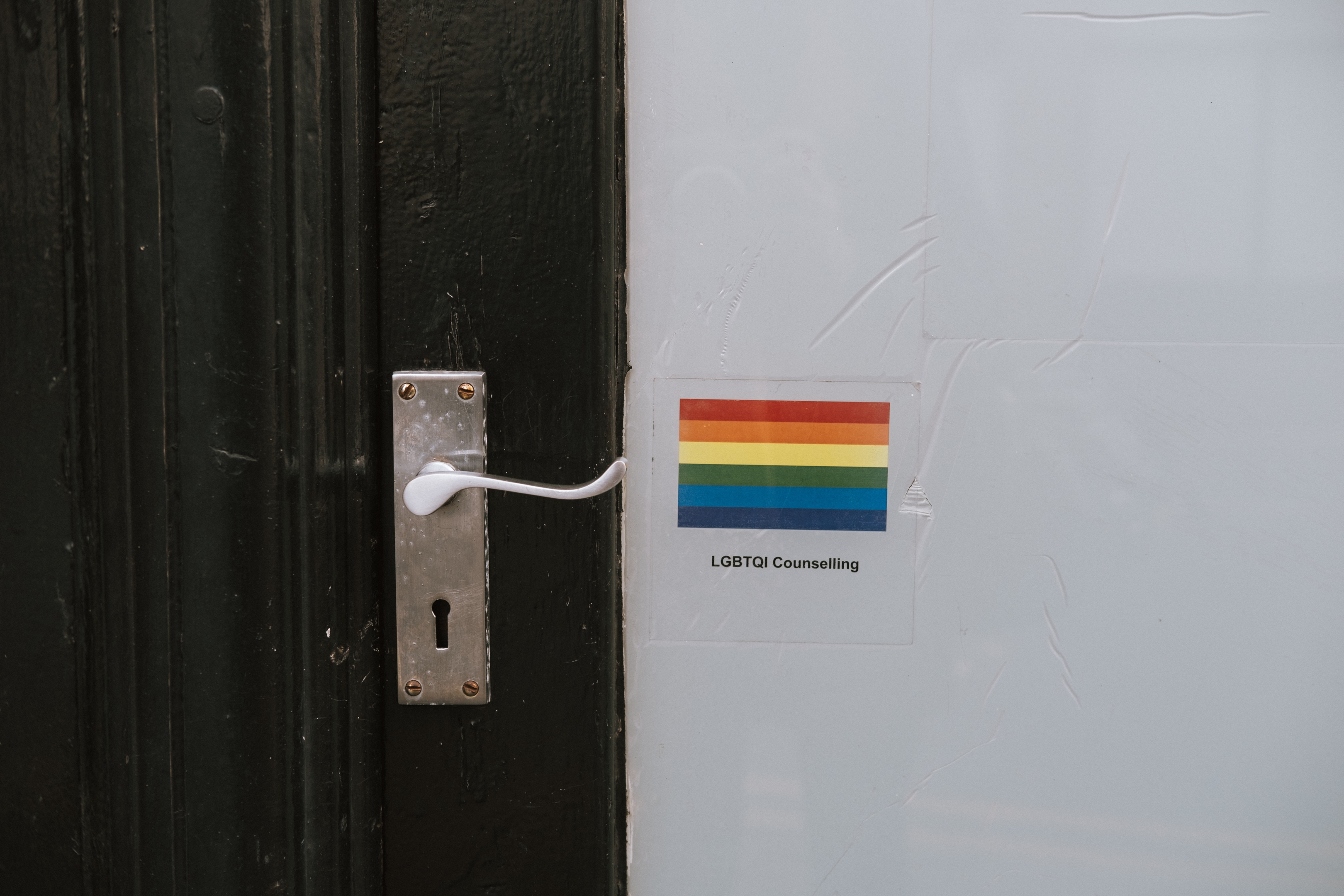
In conclusion, the design of queer spaces and the creation of safe and inclusive environments for LGBTQ+ individuals are crucial endeavours. These spaces serve as vital hubs for connection, support, and celebration of diverse identities. By prioritizing inclusivity, architects and urban planners can contribute to a society and city that values and embraces the lives of LGBTQ+ individuals.
During Pride Month, we honour the history, struggles, and achievements of the LGBTQ+ community. LGBTQ+ spaces become even more significant as venues and queer space for events that promote visibility and unity. By advocating for inclusive design practices and engaging with LGBTQ+ communities, we can build a future where everyone feels valued and accepted.
Let us work together to create a world where LGBTQ+ spaces are the norm, reflecting a society that embraces diversity, equality, and love for all.
Artterra artists: Kendra Schellenberg & Aly McDonald
Within the public realm of LGBTQ+ spaces, it is crucial to recognize the immense contributions of artists who use their creativity to advocate for change and amplify queer voices. Artterra, an online art gallery, serves as a dynamic platform for emerging artists in Canada. These talented individuals use their artwork to tell their unique stories, express their identities, and challenge societal norms.
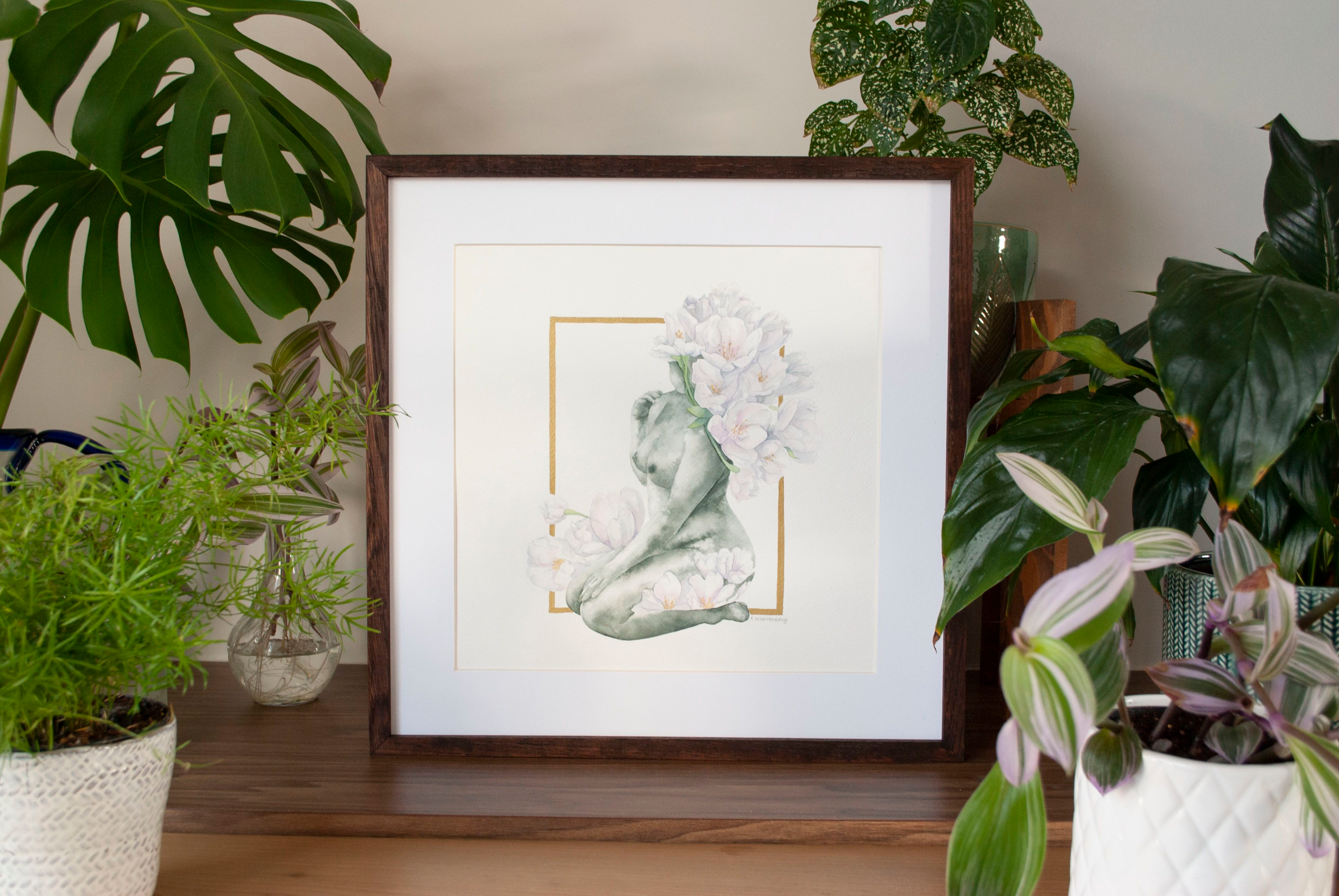
Blooming Bodies 04 by artterra artist, Kendra Schellenberg
Kendra Schellenberg's Blooming Body series beautifully aligns with the themes explored in this article on LGBTQ+ spaces and inclusive design. Through her delicate line work and lush floral motifs, Schellenberg explores the themes of femininity, body, and identity, echoing the importance of self-acceptance and empowerment. Her art serves as a love letter to the self, honouring the power of the feminine and celebrating moments of spiritual growth. Just as LGBTQ+ spaces strive to create safe and affirming environments, Schellenberg's paintings offer a sense of ease and empowerment to their viewers, encouraging them to question societal norms and embrace their unique identities.

Sensuality and Sexuality SP4 by artterra artist, Aly Mcdonald a Queer Black-biracial Mad Acrylic Painter and Visual Artist who creates bold and vibrant nude portraits to challenge the sexualization of bodies.
Aly McDonald is a Black-biracial Mad Acrylic Painter and Visual Artist who creates bold and vibrant nude portraits to challenge the sexualization of bodies. Her work promotes body neutrality, positivity, acceptance, and bodily integrity, inspired by her experiences with sexual assault and mental illness.
Happy Pride month from artterra!

|
Megan Barrientos is a multidisciplinary designer and grad student pursuing her Masters degree in Architecture. Prior to her enrolment, Megan graduated with a Bachelors Degree in Interior Design and worked with several Designers in art installations, exhibition, office, and retail design projects. She is now working with artterra in writing newsletters and blog posts for Interior Designers. Whether it's websites, graphics, animation, furniture, or spaces, Megan loves to design projects that tell new or untold stories. She gets most excited on projects that discuss cultural preservation, heritage, and community engagement. |
